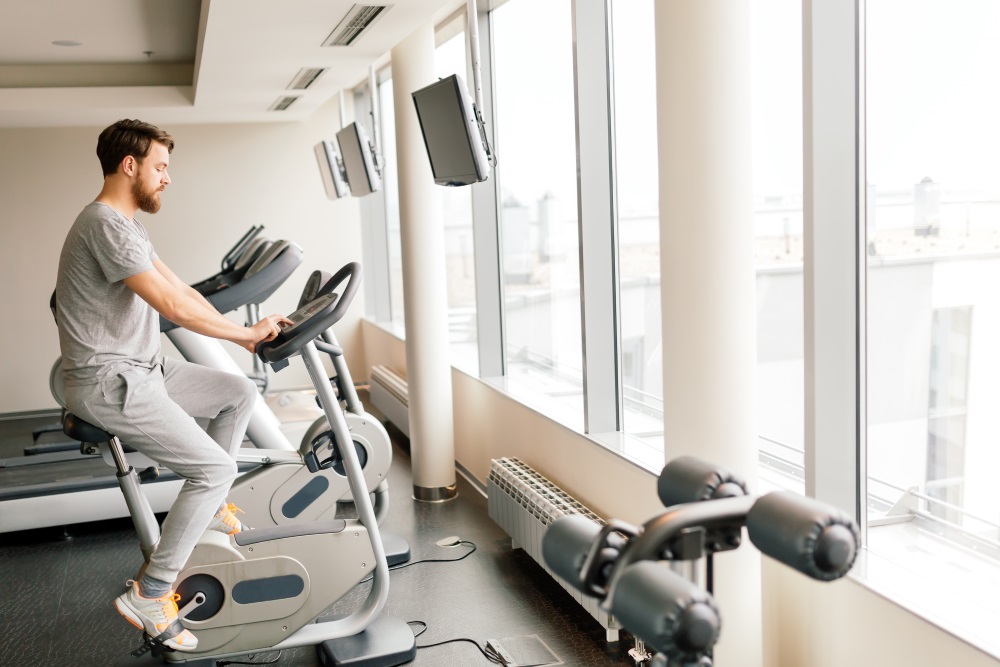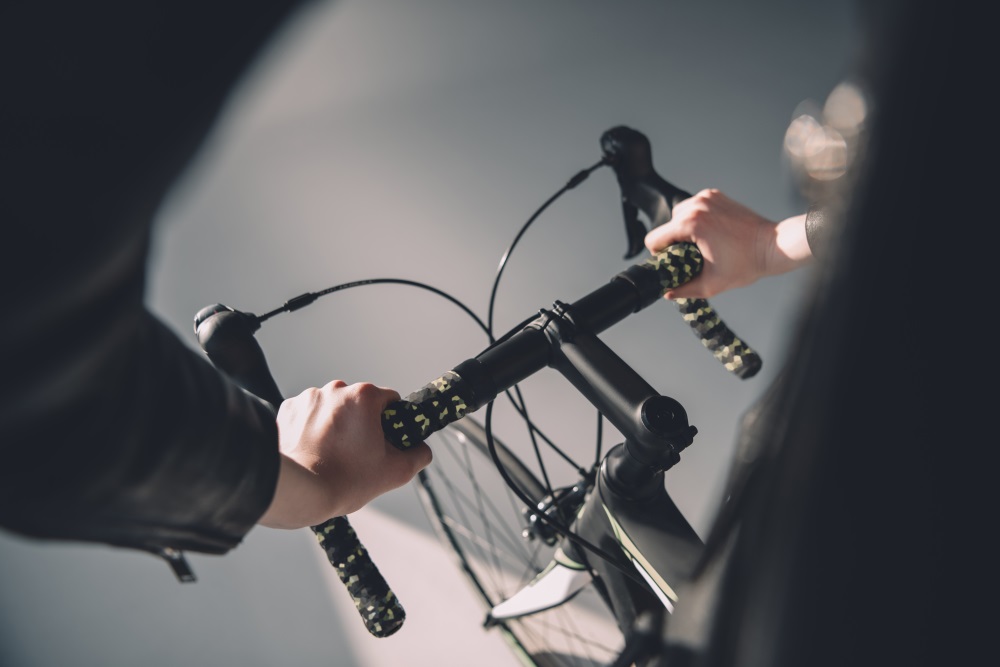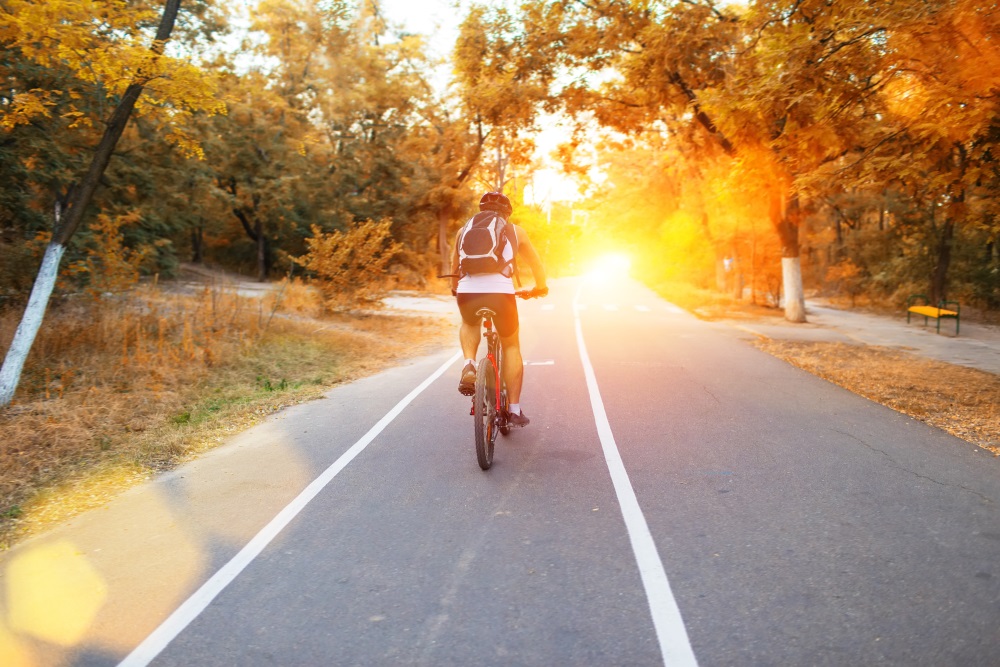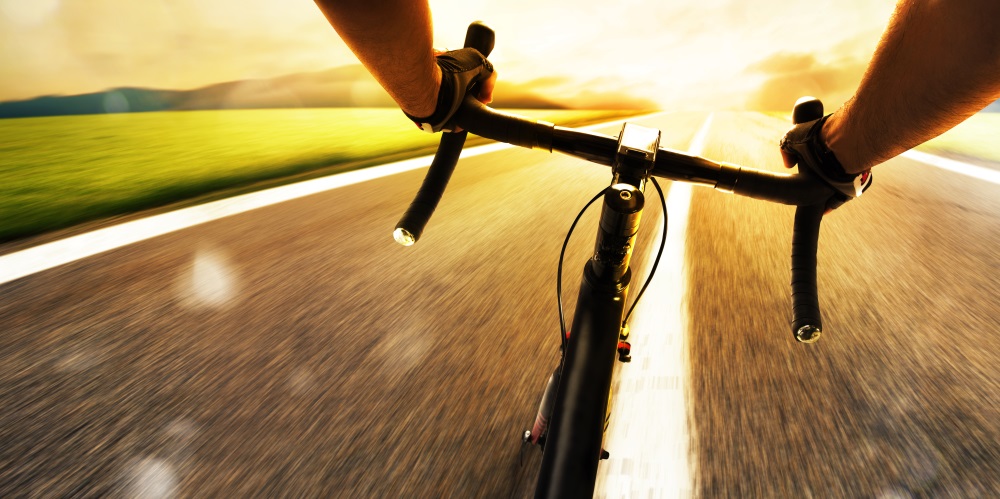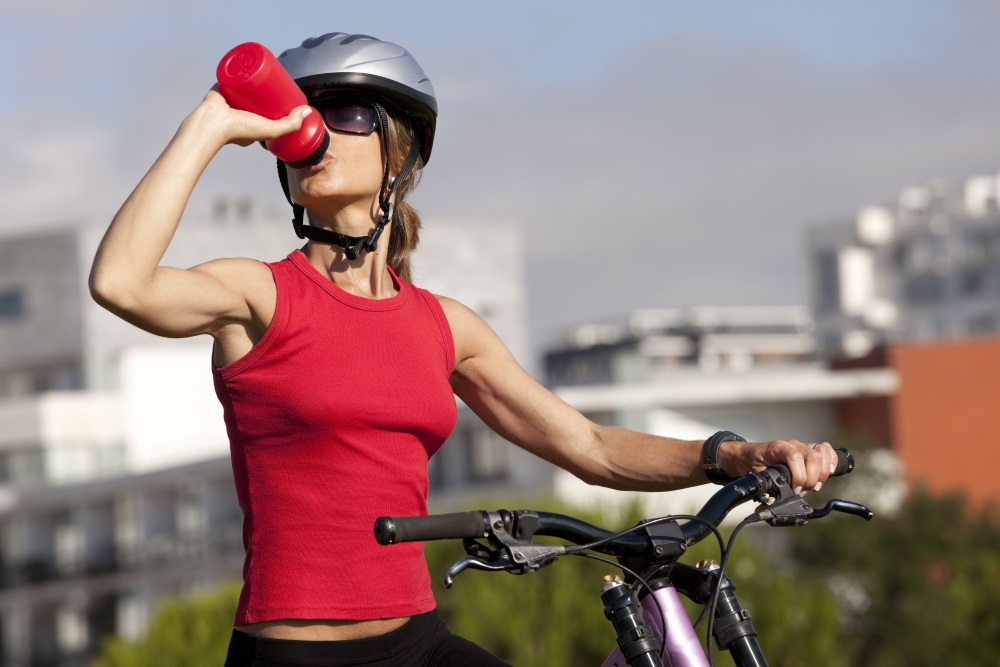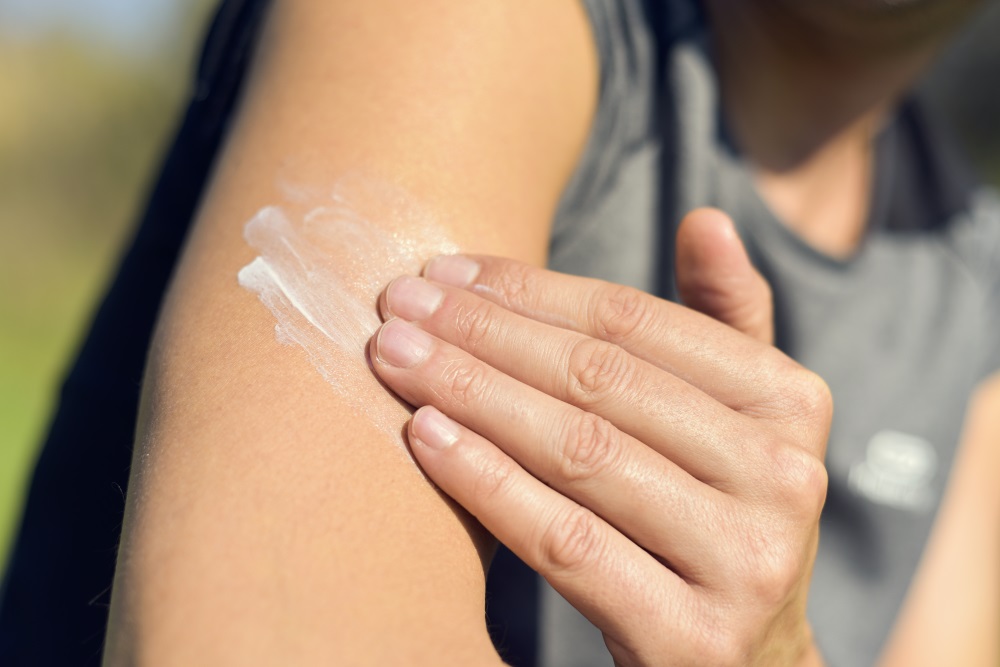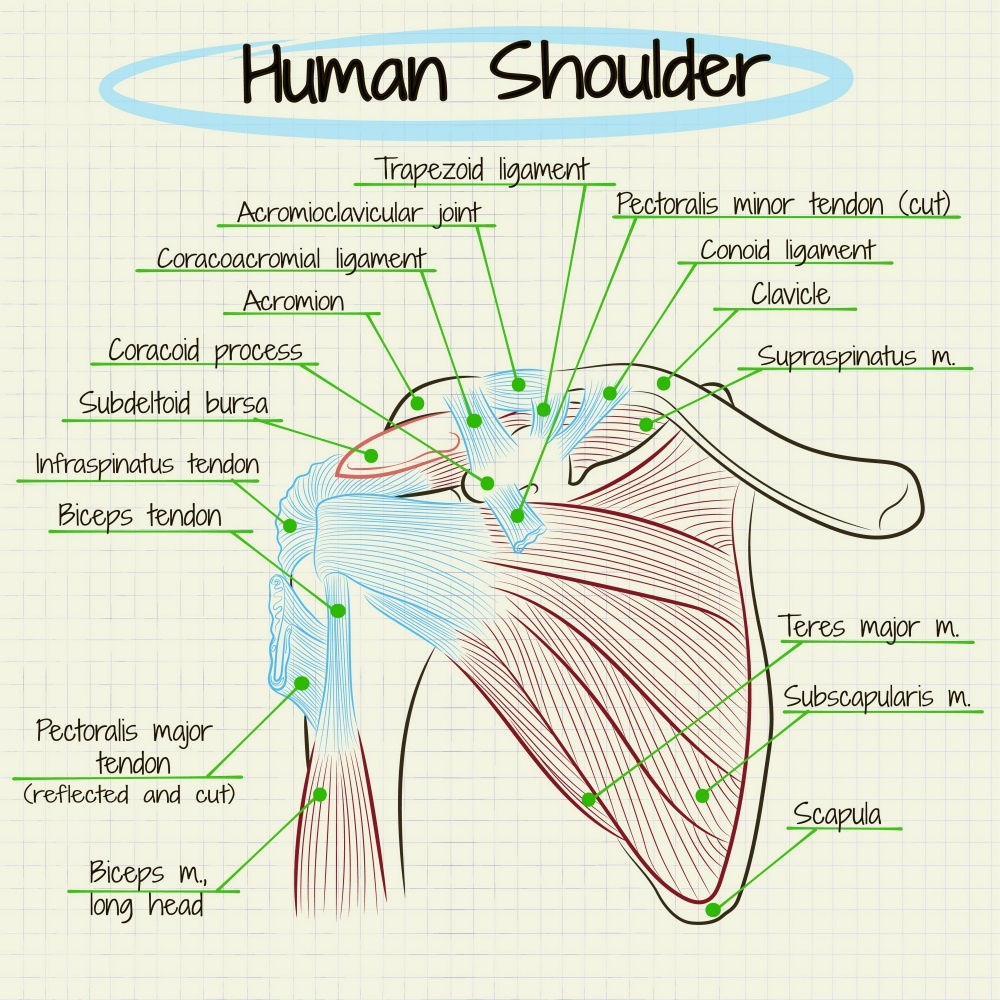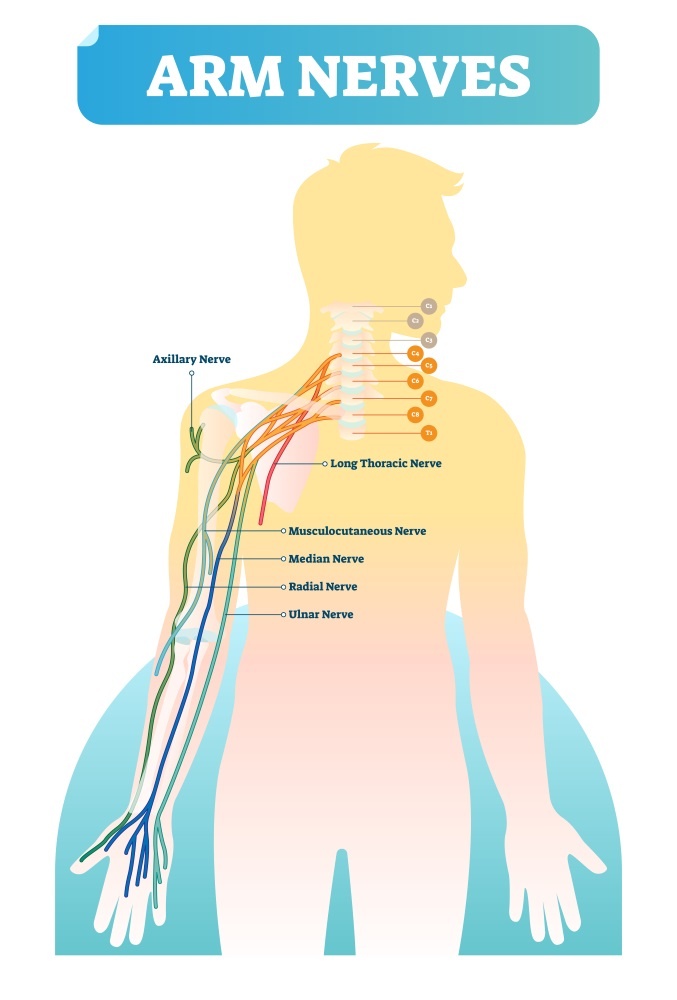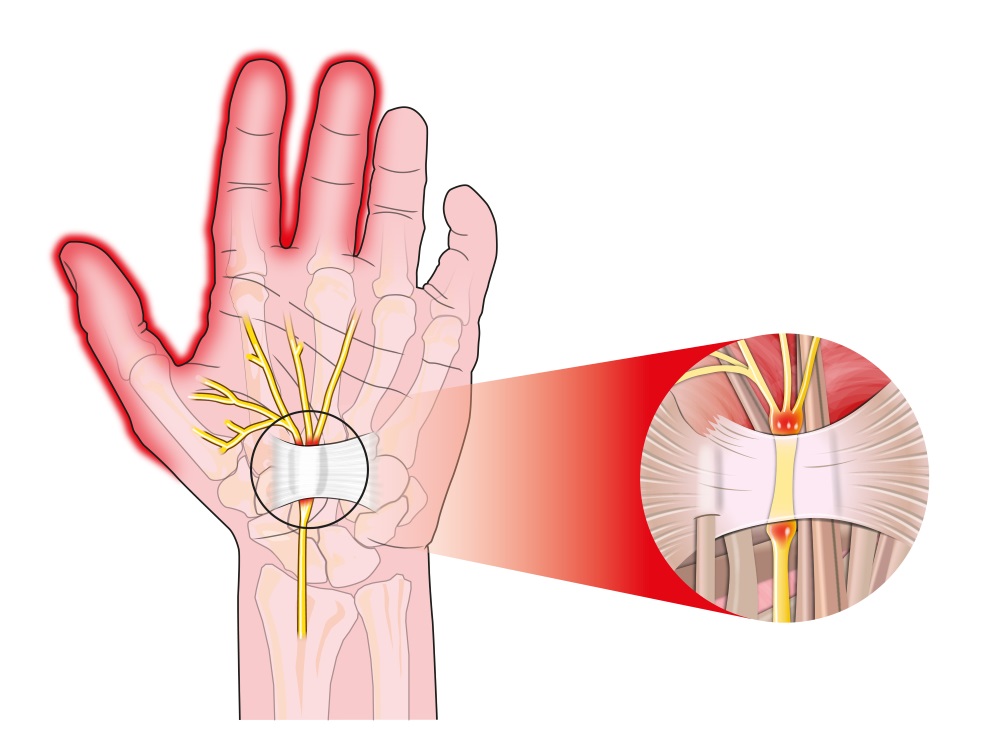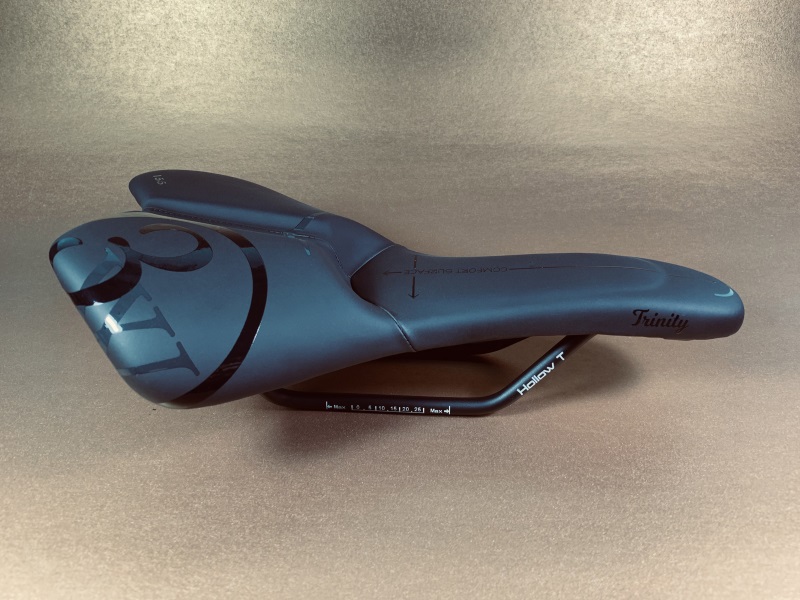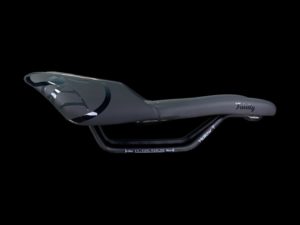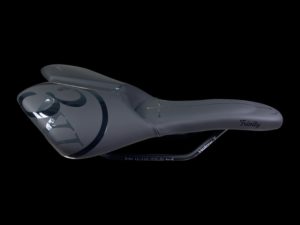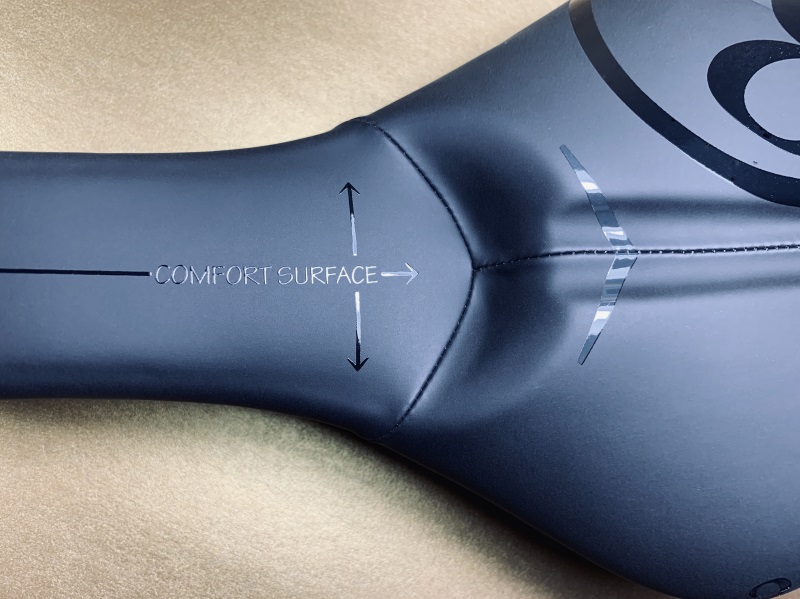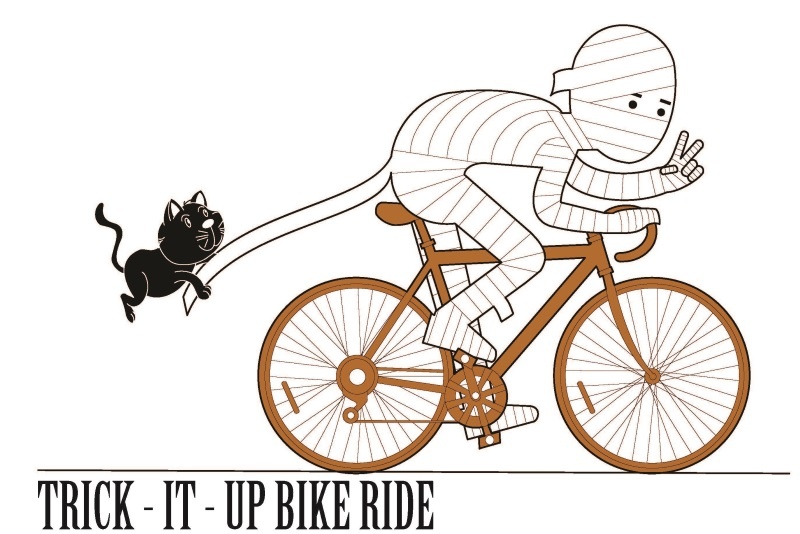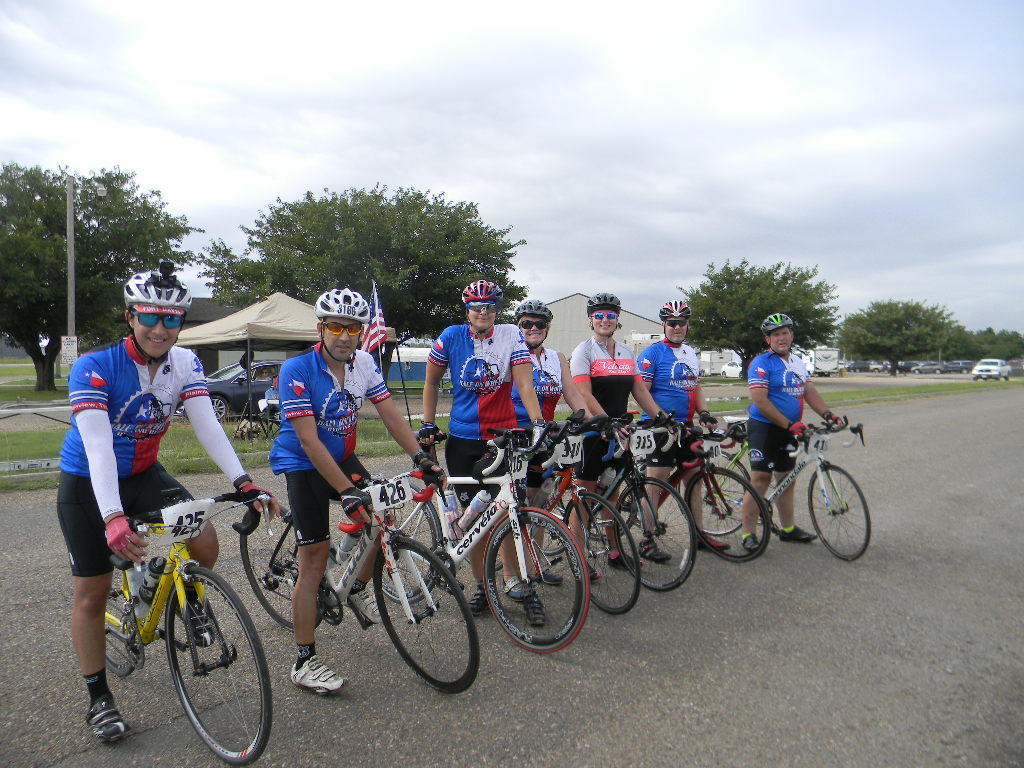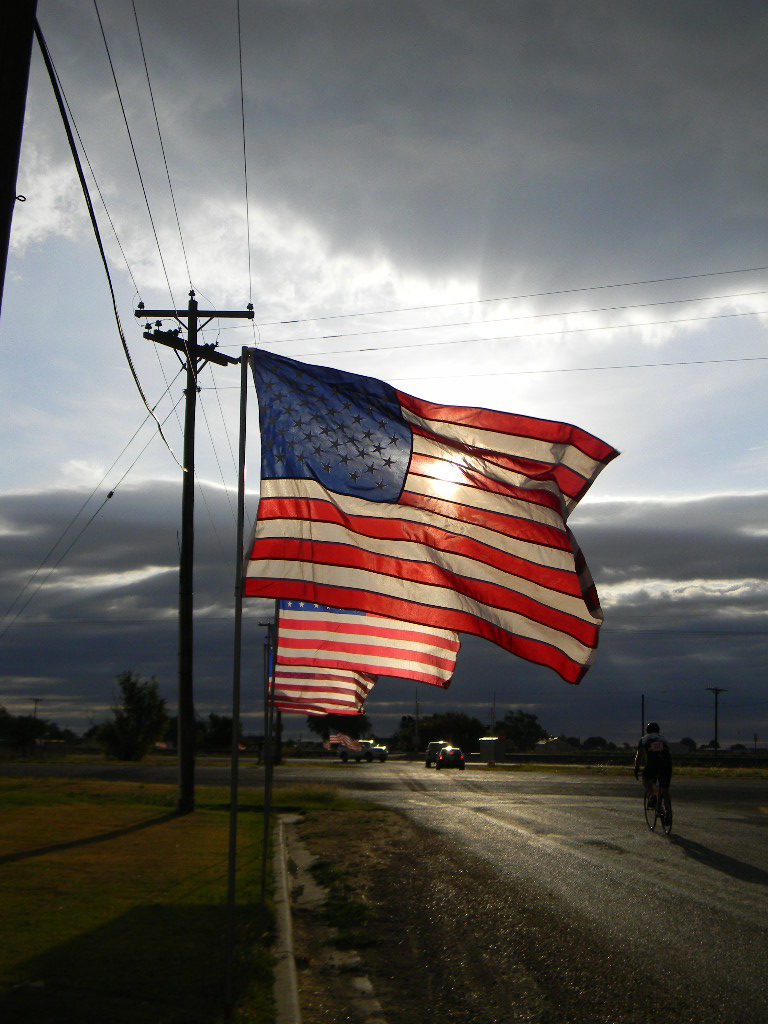It’s a new year, and for cyclists that might mean…
- Honoring a renewed commitment to finding time to ride
- The creation of a new training plan for the upcoming season
- Or the excitement of fresh inspiration—for example, getting out to ride when winter conditions aren’t ideal
However you approach cycling in 2020, take a moment to appreciate the simple joy that riding a bike brings and consider how it enriches your life. It’s hard to beat a beautiful summer ride, but while you’re dreaming of those be sure to consider the unique opportunities winter provides.
With winter comes all the inclement weather that persuades many of us to take the bike indoors.
But do you have to miss out on a whole season of training? With indoor trainers, certainly not! In fact, there are even some advantages to trainers that you wouldn’t otherwise get on the road.
Virtually all the new trainers on the market now are smart, meaning they measure outputs like speed and distance—with additional options for power, cadence and heart rate—and send the information wirelessly to an app on your chosen device. These metrics to help you dial in the effectiveness of your training and the apps help you create and adhere to a plan while providing the motivation of being a part of an online community.
For example, Zwift is the most popular virtual training software for cycling, but other options include the Sufferfest (which includes specialized programs on mental toughness and yoga for cyclists), TrainerRoad, and many others. With these apps you can manipulate your trainer’s resistance to create simulations of real riding conditions, improving your workout and preserving your sanity. There is also the upcoming CVRcade, an esports gaming platform that promises to shift indoor cycling in an entirely new direction.
There are three broad categories of trainers you should know about: direct drive, friction, and rollers. They vary considerably in price, noise level, stability, portability, and resistance variability. Let’s take a look at what all that means for your indoor training.
Direct Drive
Direct drive trainers are the latest and greatest in indoor cycling. Your bike is attached to the resistance unit by way of rear dropouts, meaning you remove the rear wheel and hook your drivetrain directly up to a cassette on the trainer. Resistance is either magnetic or flywheel and can be adjusted with the associated apps.
Pros
- Smart: they communicate metrics like speed, distance, cadence (optional), and power (optional; accurate to within 2%) via Bluetooth and/or ANT+
- Adjustable incline: 10-24% for the models listed below
- Capacity for high resistance and stability for out-of-the-saddle efforts
- Many are virtually silent
- Compatible with standard 130/135 mm skewers and the full range of thru-axle sizes
Cons
- High cost: the models below range from $800 to $1400
- Weight: units are heavier (40-47 lbs) and therefore not as portable as friction units
- Desirable options may require an additional big purchase like membership to an online training community
Favorite direct drive units include the Wahoo Kickr series, the Kinetic R1, the Elite Direto and Drivo II, and the Tacx Neo and Flux.
Friction
These recognizable trainers utilize fluid or magnetic resistance in a drum that your rear tire rolls directly against.
Pros
- Weight: units are relatively light (15-30 lbs) and portable, making them a great option for warming up at races or while traveling
- Cost: basic (non-smart) units can be found as affordably as $80; the units below range from $300 to $550
Cons
- Friction against the drum causes increased rear tire wear
- Noisier than direct drive resistance units
- Often require the purchase of adaptors to accommodate the wide variety of mountain bike rear axles
Favorite basic trainers include the Kinetic Road Machine and Rock and Roll Smart 2 models, and the CycleOps Fluid 2, all of which can be upgraded to be smart.
Rollers
Love them, hate them or fear them, rollers are the most realistic way to ride indoors, because your bike isn’t secured to a frame and can therefore move freely. Riding rollers trains your bike handling skills, requires more core muscle engagement, and can improve your pedaling efficiency. However, rollers can be a harsh mistress (a quick search on YouTube revealed an assortment of roller fail videos) due to the steep learning curve. Many people initially learn to ride rollers in a doorway, allowing for a quick hand on the wall to stabilize if you lose your balance. The size of the cylinder, or drum, dictates the responsiveness of the rollers—meaning the larger the drum, the easier it is to handle the bike. Small-diameter drums offer a more sensitive ride and experienced riders will appreciate the higher demand for technical skill.
Pros
- Can improve bike handling and pedaling efficiency
- Low cost is comparable to basic (non-smart) friction trainers
- Portability: easy to fold up and travel with
Cons
- Instability: may not be appropriate for all skill levels or for high-intensity intervals
- Limited resistance variability
Kreitler rollers are durable, have been around for decades, and are made in the USA. Choose larger drum sizes for an easier ride, or the smallest diameter option for up to 90% more resistance.
Elite offers a smart option for their rollers, utilizing the Misuro B+ sensor to connect with their proprietary training software.
Finally, CycleOps Aluminum rollers are adjustable within five levels of magnetic resistance.
With all the options on the market today, there is definitely a trainer to meet your needs. Indoor workouts can be easier to track and the logistical demands are minimal compared to outdoor rides. New technologies can provide mental stimulation and the motivation of being part of a training community, even while you ride in the comfort and convenience of your living room. But if riding indoors still isn’t your thing, maybe it’s time to consider the new year an opportunity to brave the elements and start a new habit of winter riding!
For more information on individual trainer models, check out this Bicycling article, this post on BikeRadar, and this Popular Mechanics analysis.
For some basic trainer workout ideas—no fancy software required—check out this article.
And share your favorite way to ride indoors in the comments below!
